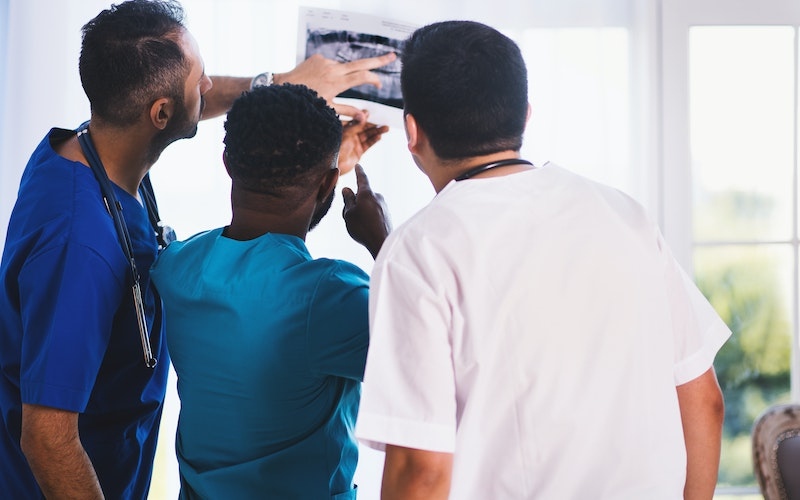
@ShahidNShah


In the past decade, healthcare has shifted from a one-size-fits-all approach to more personalised and patient-centred services. Over the past ten years, healthcare has moved away from a one-size-fits-all philosophy and toward more individualised, patient-centered services. New approaches, such as human digital twin technologies, have been developed as a result of the widespread adoption of the predictive, preventive, personalised, and participatory (PPPP) vision of medicine across many research fields. These technologies enable scenarios to be tested without risk before being implemented in real-life settings. Human digital twins are fictitious digital copies of real individuals that can be utilised to deliver healthcare that is more individualised. These replicas are produced utilising a number of data sources, including wearable technologies, genomic data, imaging scans, and electronic health records. Putting all of this information into a single virtual replica would help healthcare providers make far better decisions.
A digital twin is a virtual replica of a physical object or system that can be used to simulate its real-world behavior and predict how it will respond to different conditions or inputs. In healthcare and medicine, digital twins can be used to model the human body and its various systems, such as the cardiovascular or nervous system. This can help healthcare professionals to better understand the underlying causes of diseases and to develop more effective treatment plans. Digital twins can also be used to simulate surgical procedures and to train surgeons in a virtual environment, which can improve their skills and reduce the risk of complications during real-world procedures. Additionally, digital twins can be used to monitor patients' health and to detect potential problems early on, which can help to prevent or mitigate the progression of diseases. Digital twins can also be used to optimize the performance of medical devices and equipment, and to improve the efficiency of hospitals and other healthcare facilities. This can help to reduce costs and improve patient outcomes. Overall, digital twins are expected to play a major role in the future of healthcare, enabling more personalized and effective treatments, and helping to improve the overall quality of care.
Continue reading at innotechtoday.com
About 25 percent of patients routinely used telehealth in 2022, according to a Jan. 9 report from the American Medical Association. According to a research released by the American Medical …
Posted Jan 12, 2023 Telehealth
Connecting innovation decision makers to authoritative information, institutions, people and insights.
Medigy accurately delivers healthcare and technology information, news and insight from around the world.
Medigy surfaces the world's best crowdsourced health tech offerings with social interactions and peer reviews.
© 2025 Netspective Foundation, Inc. All Rights Reserved.
Built on Jul 1, 2025 at 1:20pm